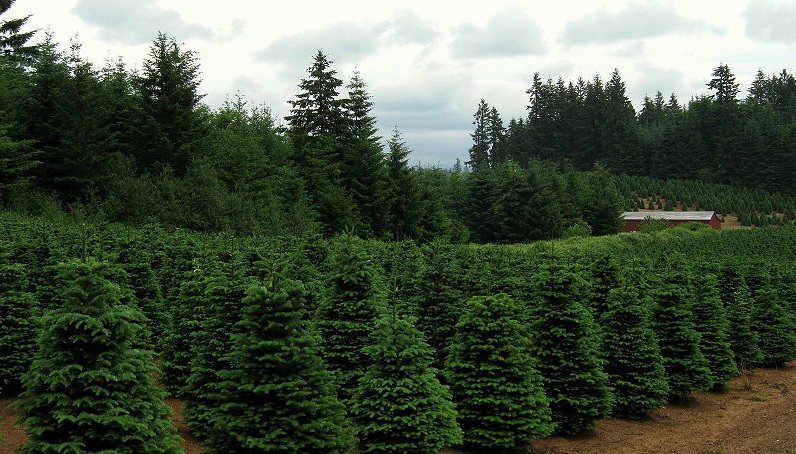
Why A Live Christmas Tree Is Better Than A Fake One
- Thomas Nelson
- December 13, 2020
- Sustainable Living
- 0 Comments
According to Pew Research, about 90% of Americans celebrate Christmas. One of the quintessential Christmas traditions is putting up a Christmas tree, decorating it, and placing gifts under it. The concept of decorating a tree has ancient, pagan origins. Whether you put up a tree to celebrate the Christian holiday, as an agnostic, or more of an acknowledgement of ancient traditions, one thing is clear: a live Christmas tree is better than an artificial tree.
Why live Christmas trees are beneficial
The pros of having a live Christmas tree as opposed to a fake one are numerous. For starters, most of these trees are sustainably farmed. When cut down in the wild, the forests which produce them are carefully managed.
Sustainable Christmas tree farms replant the trees cut down for the Christmas season. A single acre of Christmas tree farm produces enough oxygen for about 18 people to breathe and consumes carbon pollution that contributes to climate change.
Christmas tree farms don’t take away from other crop types. In fact, the soil they’re grown in is often unsuitable for other types of crops. Live Christmas trees can be recycled too. Many farms simply take the trees back, mulch them, and use them to mulch the soil around new trees.
Live Christmas trees create local jobs, too. The National Christmas Tree Association estimates that these farms employ around 100,000 people around the country.
There are cons to live Christmas trees that you should consider too. Some people have allergies to pine trees, and there are some tree farms that don’t grow their trees organically. These trees could be sprayed with pesticides, and there’s no guarantee that these pesticides won’t get tracked into your home by the tree.
Problems with artificial Christmas trees
Artificial Christmas trees do have some pros: they don’t drop needles, don’t carry allergens the way live trees might, and no pesticides are used to grow them since they’re not grown! But in my view, the cons vastly outweigh the pros.
Most artificial Christmas trees are made with polyvinyl chloride, otherwise known as PVC. PVC is not, at this time, a plastic which can be recycled. PVC has also been linked to a few different health problems as well as environmental problems.
Take trees are also sometimes manufactured with lead, which can be harmful to human health.
And if you’re looking for a local fake Christmas tree, you probably won’t find one. 85% of artificial trees for sale in the US are made in China.
To summarize
- Live Christmas trees create jobs, produce oxygen, eat carbon pollution, and can be grown in soil that other crops don’t grow in.
- Christmas tree farms recycle old Christmas trees and provide 100,000 jobs in the US.
- Live Christmas trees may contain pesticides if they are not grown organically and carry allergens.
- Artificial Christmas trees don’t carry the allergens of live trees and don’t contain pesticides.
- Artificial Christmas trees are made with PVC and sometimes contain lead and other chemicals. 85% of artificial trees are imported from China.
Read next: 3 eco friendly alternatives to toilet paper

